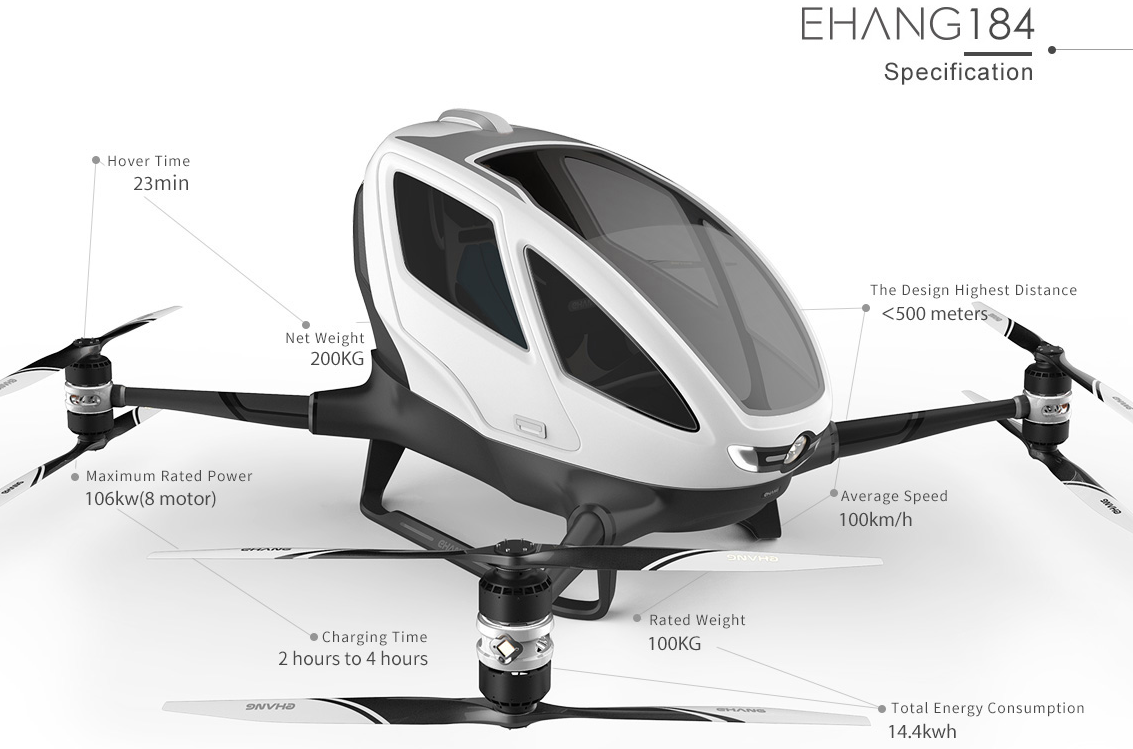How will the flying cars of the future, according to Uber


Uber plans to go beyond its car-based ground transportation service by presenting a futuristic initiative based on vertical takeoff air vehicles, an unprecedented model that seeks to promote a new way of connecting urban centers beyond the automobile.
Within the framework of Uber Elevate, a second edition of the event that brings together manufacturers, various technology providers and investors in this brand new urban commercial segment, the US company presented its advances in research and development of the technologies involved in a new transport platform massive aerial in large cities. In particular, it aims to reduce travel times in land vehicles and lower the costs of current helicopter trips, which are expensive and have a strong environmental impact due to noise and fuel consumption.

Instead of adopting a model based on the helicopter, a proposal that is already offered in some cities, Uber is betting on the development of a brand new prototype electric vehicle for vertical takeoff and landing. This proposal is based on the technology known as VTOL (Vehicle Take Off and Landing), which until now was reserved for military aircraft models, such as the F-35 fighter aircraft from Lockheed Martin or the hybrid model V-22 Osprey developed from joint form by Bell and Boeing.
In fact, Uber will have the assistance of the development and research area of the United States Army to improve the power and efficiency of the rotors that will use these electric aerial vehicles, called eVTOL.
Uber has defined a series of specifications for its electric take-off and landing vehicle, which should have four rotors and an impeller located on the rear. According to the US company, this mode will be more efficient in energy consumption and noise emission compared to the two-rotor mode of a helicopter with combustion engines.



With this basic design, manufacturers such as Bell Helicopters, Embraer, Aurora, Pipistrel and Karem will be in charge of manufacturing the vertical takeoff aerial vehicles, which will have a speed of 240 to 320 kilometers per hour when they reach the cruising height, estimated between 300 and 600 meters high. In turn, the reference model must have a range of at least 100 kilometers with a single charge on the battery.
Even without an operational prototype in sight, Uber expects to begin with the first tests within two years in Los Angeles and Dallas, to then deploy the uberAIR commercial service in 2023. In a first stage the eVTOL must have a capacity for four passengers and a pilot, but provide that, after five years of operation, the service can adopt an autonomous mode, without having an operator in command of the aerial vehicle.



The presentation of an aerial electric vehicle poses new challenges in the use of airspace, a space that has strict regulation on the part of government authorities. On this point, Uber developed with NASA the guidelines for managing low-altitude air traffic for this new proposal of air transport, in addition to working jointly with the Federal Aviation Administration to define the steps to follow in the deployment of this type of air transfers in urban environments.
The Uber Elevate initiative follows a trend in the technology industry to conquer new routes in urban centers with electric aerial vehicles, such as the Cora air taxi developed by Kitty Hawk, the company led by Larry Page, one of Google's co-founders. For its part, the Chinese firm EHang tested its aerial drone prototypes to implement an air transport service in Dubai, while air companies such as Airbus also promote their own proposals such as Vahana, a start-up that has just completed its first flight with the Alpha One electric model.

@martymcfly17 Very impressive. More and more, drones (or drone technologies) are being adopted for human transport. Uber can make it the norm.
Marty, the future is here 😀